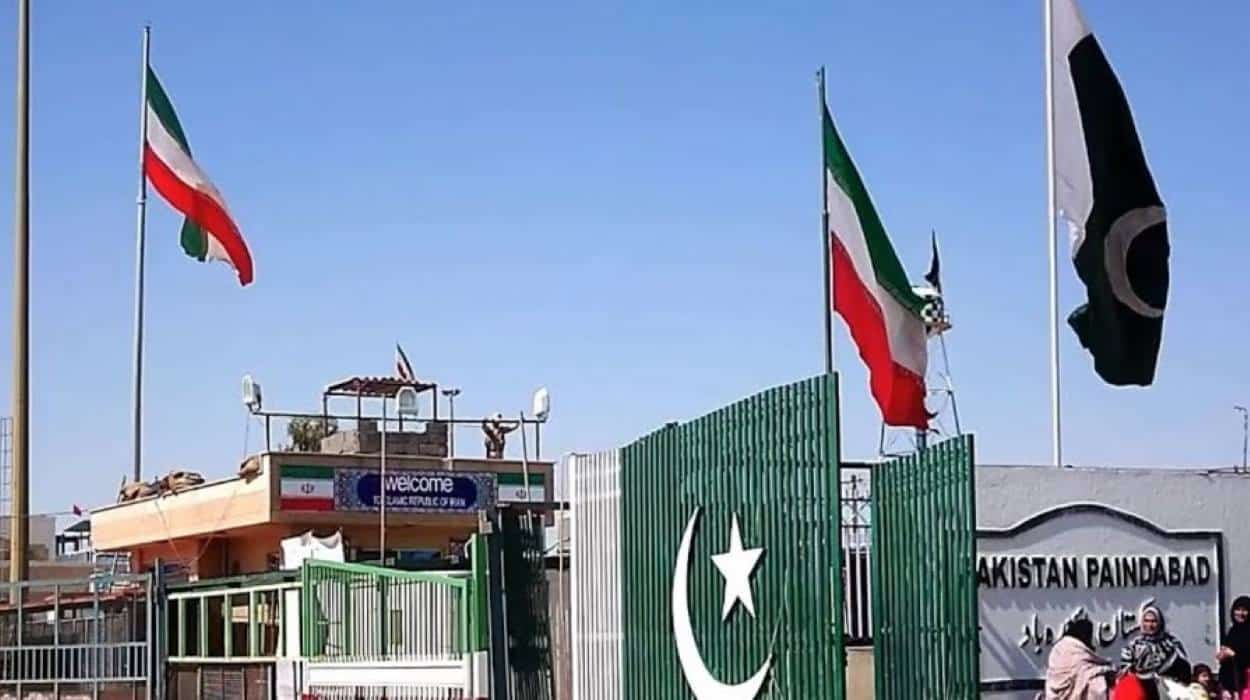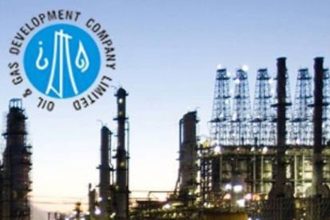The border crossings with Iran at Taftan and Gabd will operate around the clock. This initiative aims to enhance business interactions between the two nations.
On Friday, Muhammad Mudassir Tipu, Pakistani Ambassador to Iran, announced and expressed hopes for a marked increase in goods exchange, which should expand economic opportunities.
On April 24, Pakistan and Iran emphasized their commitment to energy cooperation and electricity trading despite U.S. hints at potential sanctions. This followed the visit of Iranian President Seyyed Ebrahim Raisi to Pakistan.
Both countries have agreed to transform their common boundary into a ‘border of prosperity,’ reinforcing energy cooperation, including electricity trade and the Iran-Pakistan gas pipeline project.
During President Raisi’s visit, the two nations stressed the need for a long-term economic partnership and a collaborative regional economic model. This model boosts socio-economic development in Iran’s Sistan-Balochistan and Pakistan’s Balochistan provinces.
According to a 28-point joint statement by the Foreign Office, this announcement was made shortly after President Raisi departed from Karachi. The statement comprehensively reviewed bilateral relations and discussions on regional and global issues.
The countries plan to finalize a free trade agreement (FTA) soon and aim to increase bilateral trade to $10 billion within five years. This growth is expected through joint economic projects, border markets, economic free zones, and new openings.
Both sides have agreed to activate barter trade mechanisms to ease economic and commercial activities, especially in border sustenance markets.
As participants in the Economic Cooperation Organisation (ECO) and the Belt and Road Initiative (BRI), Pakistan and Iran are committed to enhancing connectivity, infrastructure, and energy cooperation. They agreed to expand linkages between the Gwadar and Chahbahar ports.






